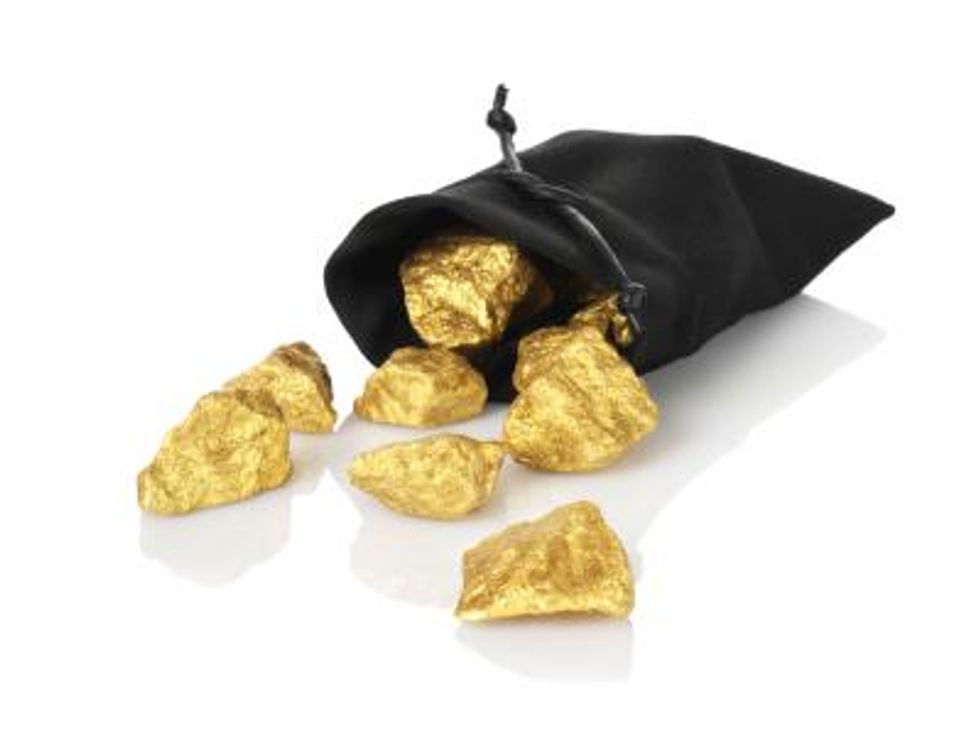Though many analysts are projecting inflation as the likely scenario in the coming future, the World Gold Council says that the metal is an important addition to any portfolio, regardless of the global economic future.
As worries of inflation loom over the global economy – from China and India, to the United States and the European Union – more and more private investors are turning to gold as a safe place to keep their wealth, pushing the precious metal’s price over $1,600 an ounce.
Though many analysts are projecting inflation as the likely scenario in the coming future, the World Gold Council says that the metal is an important addition to any portfolio, regardless of the global economic future.
“Investors are faced with very divergent scenarios in which half the people conducting the monetary policy are concerned about future inflation and they are trying to figure out how it is they are going to control it, and the other half are concerned about whether we need to push the economy further and perhaps maybe even to deflation,” said Juan Carlos Artigas, Investment Research Manager at the World Gold Council. “Gold provides a very interesting alternative that can have positive effects on a portfolio, whether we have a high inflation scenario or a deflation scenario, and even in the case that everything is good and positive.”
Artigas said that the reason for gold’s versatility as a component in an investment portfolio is driven by more than a decade of strong supply and demand dynamics, and its unique uses primarily for store value and jewelry.
A recent publication commissioned by the World Gold Council and produced by Oxford Economics, an independent analysis and consulting group, came to the conclusion of recommending investors dedicate approximately five percent of their portfolio to gold, though this can fluctuate, depending on the global economic scenario.
“What Oxford Economics says is that if investors are concerned about high inflation, the optimal number increases. It also goes up if the investor in concerned about deflation,” explained Artigas. “So in both cases you have a larger number that is strategic in nature, long-term and strategic, no matter what.”
A growing demand for gold is emerging from Asia, while European central banks are holding on to their substantial reserves in the midst of potential financial crises. In the United States, some are suggesting the Treasury should sell its reserves to ease debt worries, though little intention has been shown towards resorting to this measure.
“Some of the structural shifts that central bank activity has presented have made it such that they have seen the value of having part of their reserves in gold. The emerging markets are increasing those allocations and European central banks have muted or slowed down their sales,” said Artigas. “The net effect is that central banks have become net buyers of gold, removing part of the supply and demanding gold in the market.”






